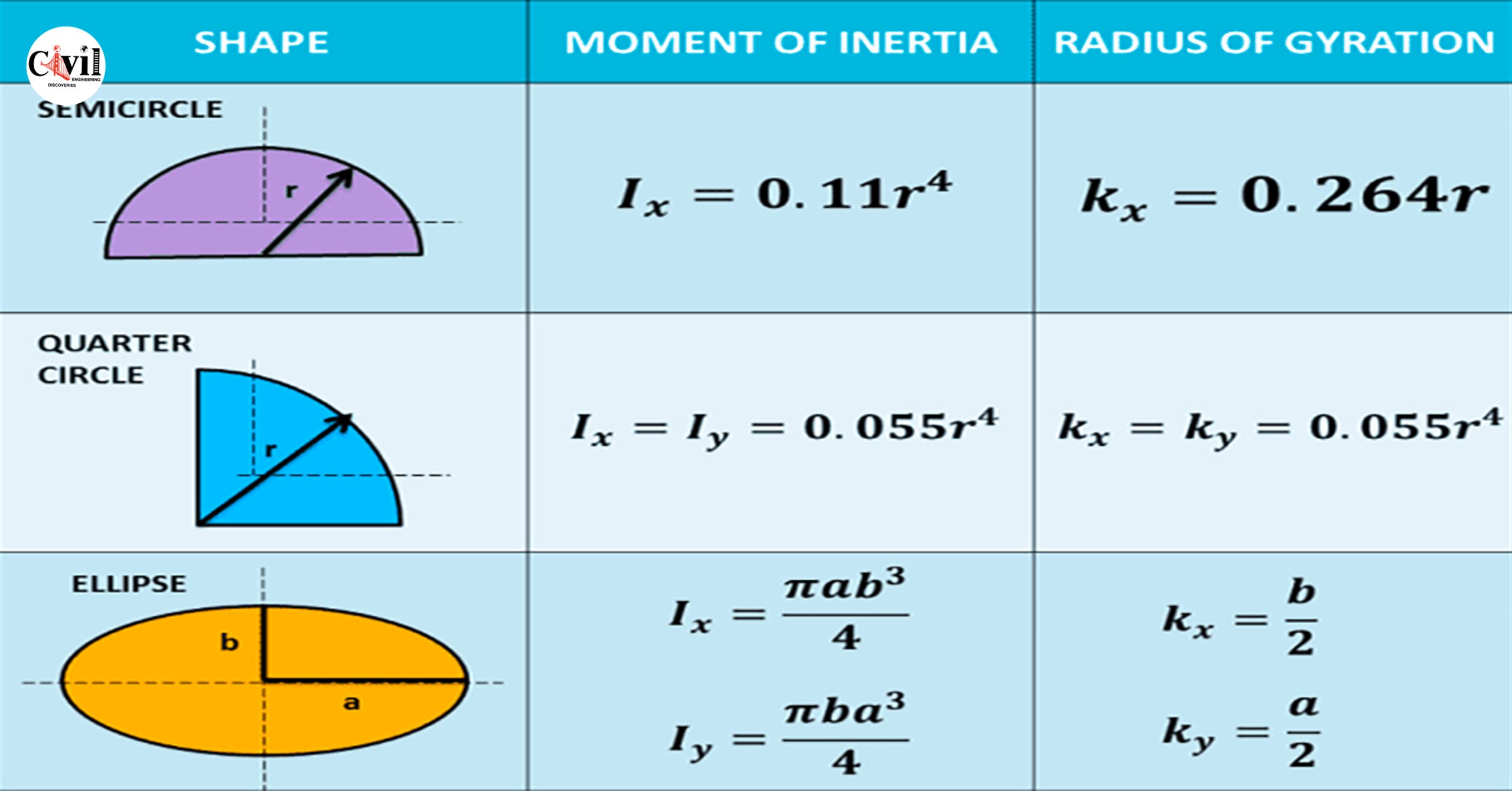When working with basic geometric shapes, understanding how to calculate the area and centroid of these shapes is essential for applications in engineering, physics, architecture, and even art. These calculations form the foundation for more advanced mathematical and scientific problems.
What is Area?
Area refers to the total space within the boundary of a two-dimensional shape. It is a fundamental concept used in mathematics and physical sciences to measure the size of surfaces. Each shape has its unique formula for calculating area, based on its geometry. These formulas are derived using principles from algebra, calculus, and geometry.
What is a Centroid?
The centroid of a shape is the point at which it balances perfectly. It is also known as the center of gravity or the geometric center. In simple terms, the centroid is the average position of all the points in a shape. For symmetrical shapes, the centroid is located at the intersection of the axes of symmetry. However, the centroid must be calculated using integration or decomposition methods for irregular shapes.
Area and Centroid of Basic Shapes for the Computation of Moment of Inertia
What is Moment of Inertia?
The moment of inertia (I) is a physical quantity that measures how difficult it is to change the rotational motion of an object. In simple terms, it quantifies the rotational inertia of an object. The moment of inertia depends on the object’s mass distribution relative to the rotation axis. The further the mass is from the axis, the higher the moment of inertia.
What is the Radius of Gyration?
The radius of gyration (k) simplifies the distribution of an object’s mass. It is defined as the distance from the axis of rotation at which the entire mass of the body can be assumed to be concentrated to produce the same moment of inertia as the actual distribution.
Moment of Inertia and Radius of Gyration of Basic Shapes
Click Here To See End Moment Reactions For Beams With Both Ends Fixed Under Various Loadings


















